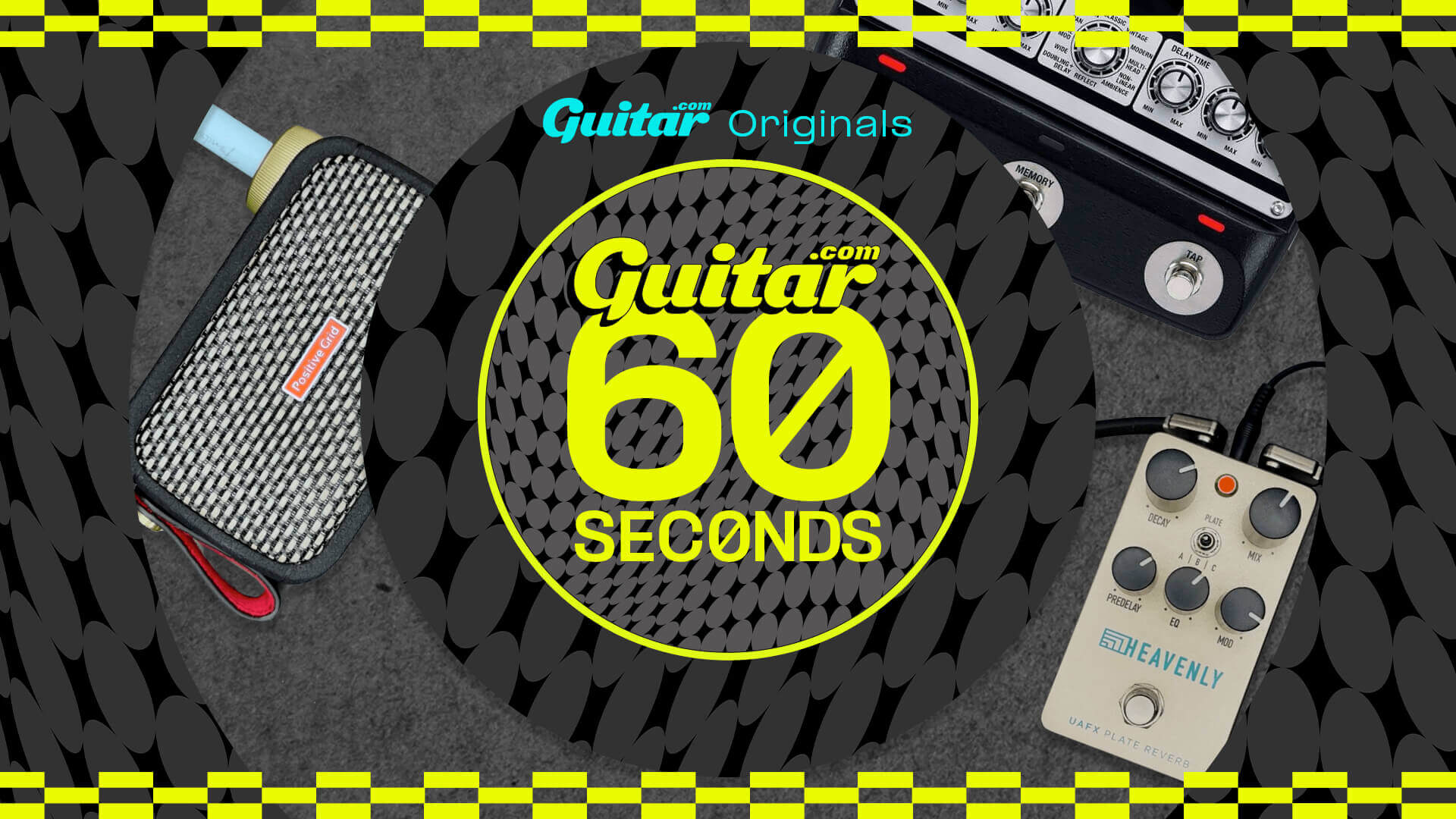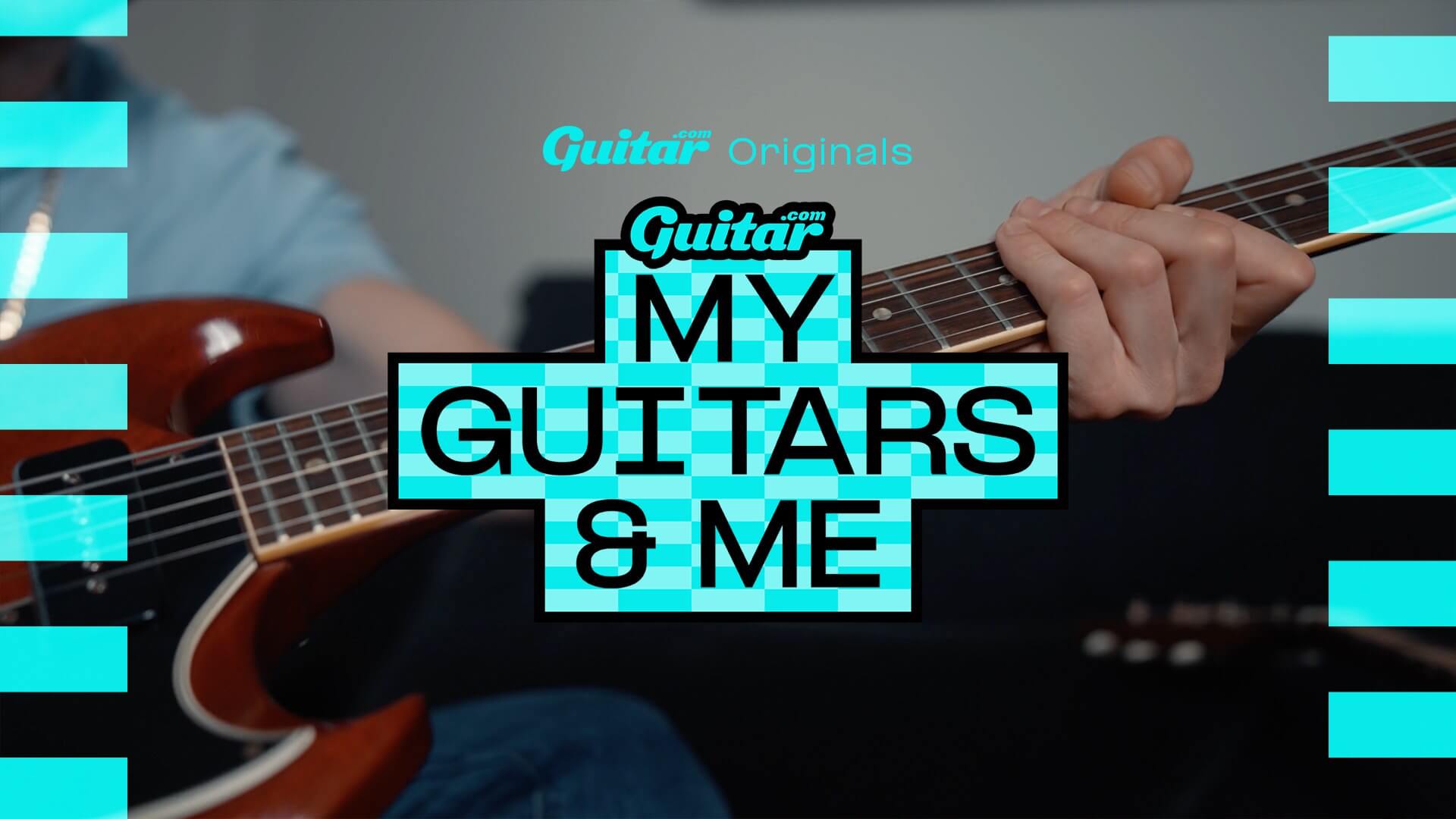Positive Grid Spark Live review – a radical leap forward for live performers
The latest smart amp from Positive Grid aims to take you out of the bedroom and provide all the benefits of the Spark platform to your entire band – is this the new ultimate small gig solution?
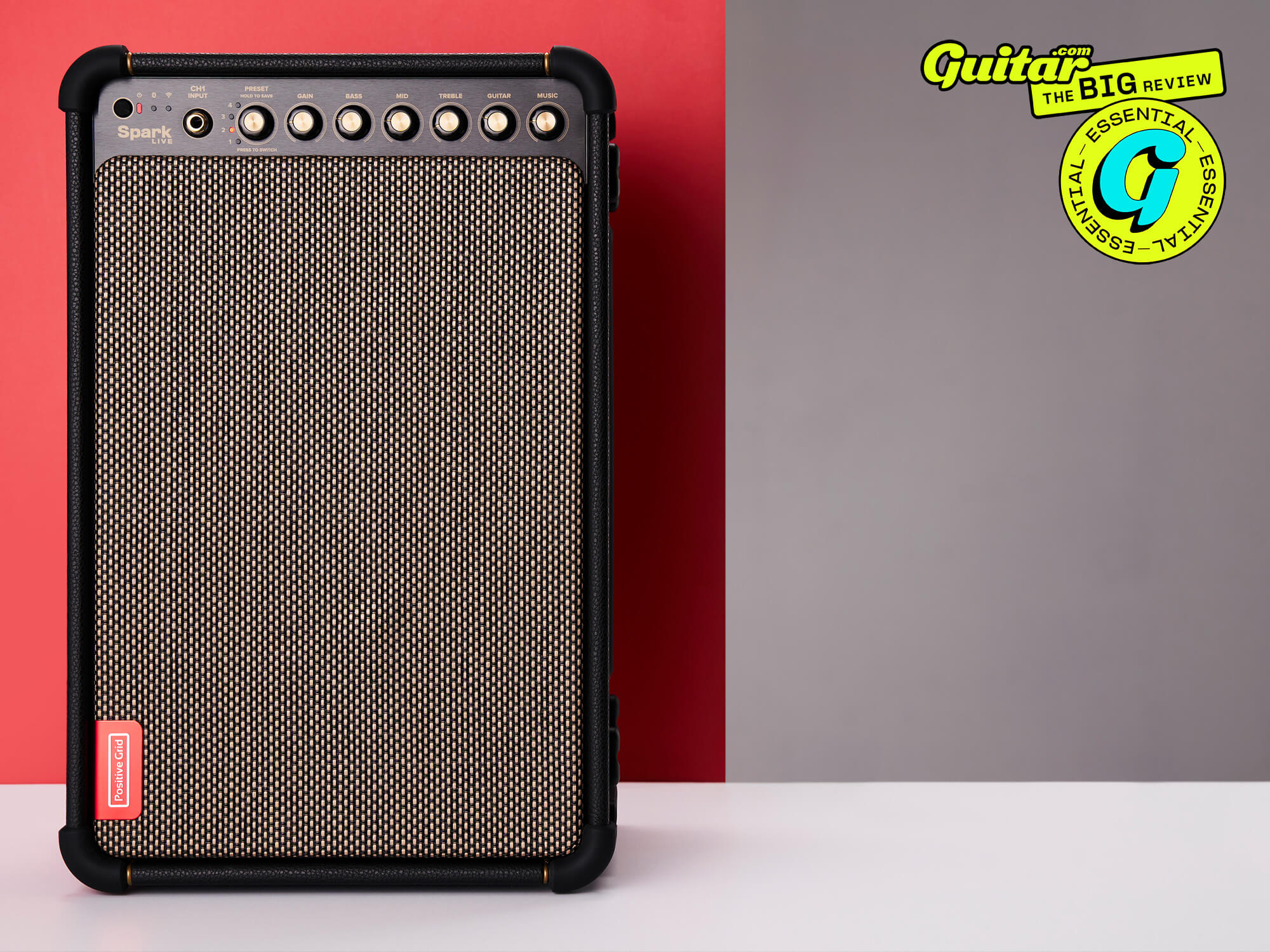
Positive Grid Spark Live. Image: Adam Gasson
Review Overview
Our rating
10
Our verdict
$549 / £529, www.positivegrid.com
Since the brand’s inception in 2013, the innovative minds at Positive Grid have quickly set about revolutionising the way we play guitar – and where we do it. Initial forays with the impressive BIAS software and accompanying amplifier were impressive but pricey examples of how good guitar modelling could sound in the right hands, but the script has really been flipped since the company introduced the first Spark practice amp back in 2020.
Coinciding as it did with all of us having to play at home exclusively, the Spark quickly became a phenomenon thanks to its broad but not overwhelming onboard sounds, blend of intuitive practice and learning features, rock-solid app, and most important of all the remarkable sounding hardware that brought it all together.
In the years since we’ve seen the Spark format get ever smaller and smaller – culminating in the impressively teeny Spark GO – while completely redrawing the best desktop amps landscape. But having already made a great-sounding amp that’s smaller than a can of Coke, where do you go then? You go big – enter the Spark Live.
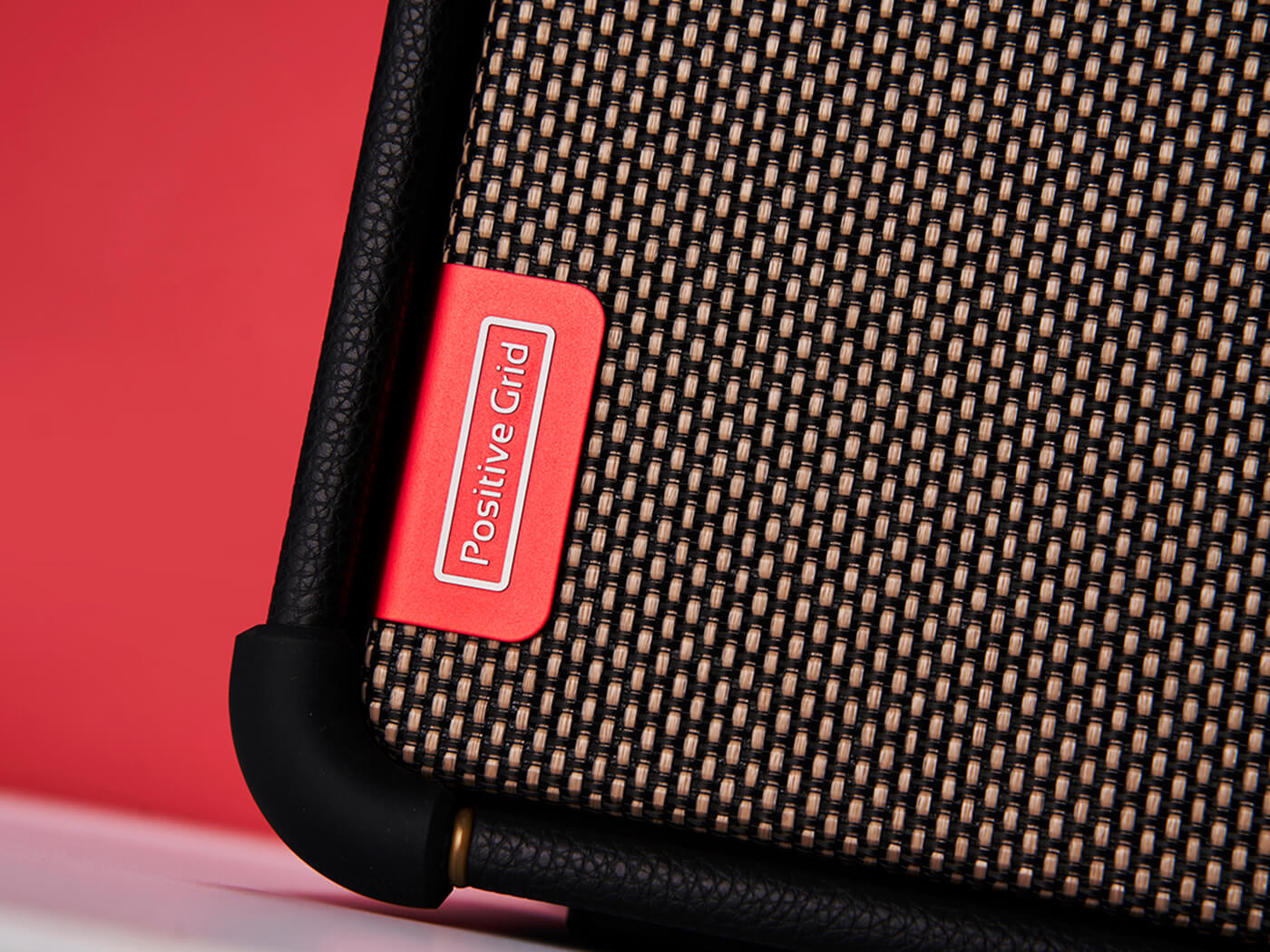
What’s the difference between the Spark Live and the previous Spark amps?
First and foremost it’s important to emphasise that the Spark Live is not merely a ‘big Spark’ designed for gigging guitarists to take the sounds they’ve built at home into the live area. It is that, but so much more. The Live is a four-channel multi-instrument smart amp that effectively acts as a compact PA and mixer too. Yep, you read that right – the Live is for all intents and purposes an entire live backline crammed into one compact (18x10x12-inch) enclosure.
Despite its compact dimensions, PG has managed to cram in a guitar amp, bass amp and vocal processing into this thing, alongside the aforementioned PA/mixer system to bring them all together.
That means you get four (yes, FOUR) input channels – a front-panel quarter-inch jack, rear-mounted XLR/combi jack and two rear-mounted quarter-inchers that can also be used as stereo inputs. Settings for channels one and two can be swapped, chopped and stacked via the always impressive Spark app. On the front, you get a full range of amp controls including a preset knob, three-band EQ, gain, guitar volume and volume for any pre-recorded music or backing track you might be beaming in via Bluetooth.
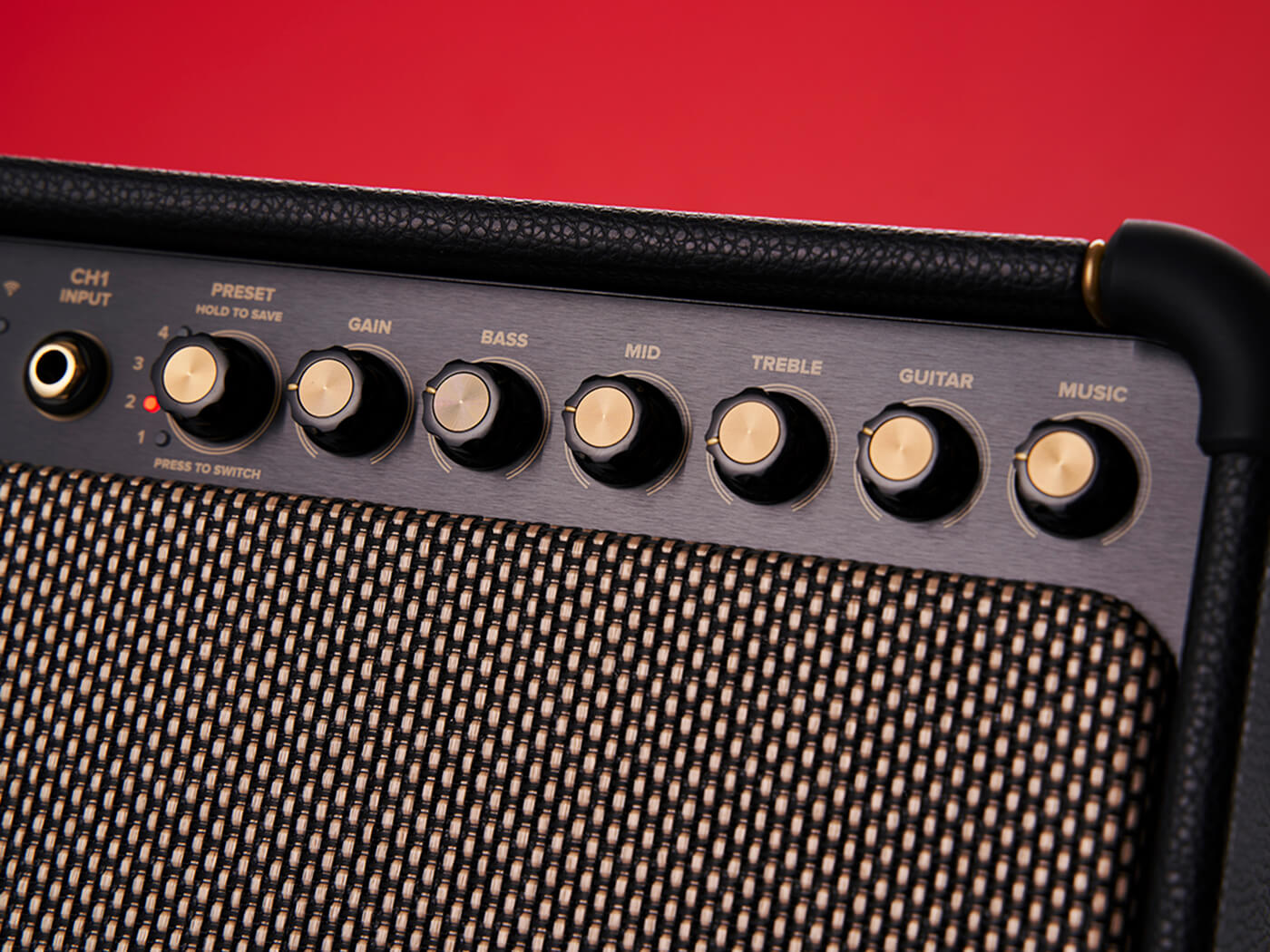
The second channel is streamlined in comparison with controls for volume and the four presets, making it perfect for a second guitarist or bassist, while the stereo channel has a shared volume control. Round the back, there are also controls for master volume and a three-band global EQ, plus stereo outs, MIDI in and out. There’s a handy and robust kickstand, plus a headphone-out, and a pair of USB-C outs – one for recording and one for charging.
So far so comprehensive, but as with any Positive Grid product, there’s a technological aspect to the Spark Live that aims to really elevate it above the competition, and here’s it’s the new Sonic IQ ‘computational audio engine’, which is in effect an adaptive smart EQ system that can automatically compartmentalise the frequency range of different instruments, providing improved clarity and instrument definition despite its small size. It turns out this isn’t just marketing jargon – there’s real substance behind it, as we’ll find out.
The innovation doesn’t end there either – while the GO amp brought the idea of two different ways to place the amp for distinctly different responses, if you use the Spark Live in its vertical position, you’ll get a punchy directional mono signal, but if you set it up on its side, the ‘stereo widening’ feature kicks in and offers a true stereo experience.
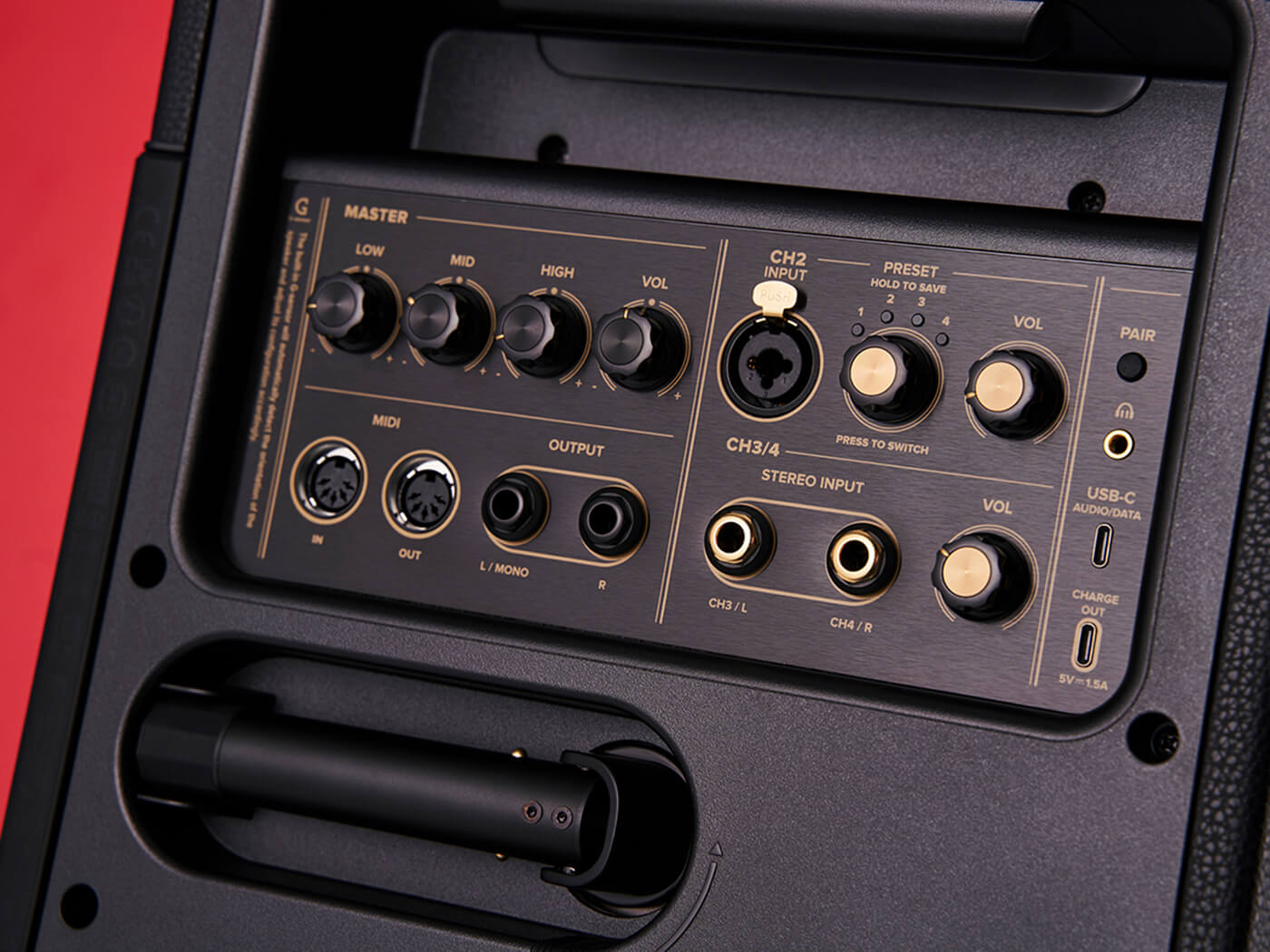
Does the Spark Live sound good?
I’ve heard a lot of good things about the Spark amps and the revolutionary way that they worked as practice amps, but even when reading through the manual and accompanying press blurb I found it hard to believe that it could possibly live up to the big claims it was making.
But no sooner had I downloaded the Spark app and gave the amp’s firmware and update via my laptop, I had my preconceptions challenged. Unlike so many other app-based solutions (ahem, Universal Audio) the way the Spark Live seamlessly connected and integrated with the phone app was hugely impressive. And then I plugged in…
No matter what instrument or pedal I plug into the Live, I’m hugely impressed with the quality and fidelity of the sounds on offer from the various amp and effects models onboard. Okay, so the Live might not offer the same level of responsiveness as a dedicated valve amp or a big ol’ bass stack – and outside of the realm of bedroom-level practice these differences can be more keenly felt – but to combine this many high-quality tones in an amp that can run four instruments at once is not just impressive, but opens up new options for musicians playing smaller gigs together.
This potential appeal for street performers, bands and duos is further enhanced by Sonic IQ Computational audio engine – Positive Grid calls this ‘revolutionary’, and when you start running multiple instruments and vocals through it, you see what they mean. The way the amp separates the various instrument frequencies and then combines them in a way that sounds genuinely great coming out of the speaker is the sort of thing a busker or small band would never get without a dedicated soundman – and this one won’t complain about your guitar being too loud either.
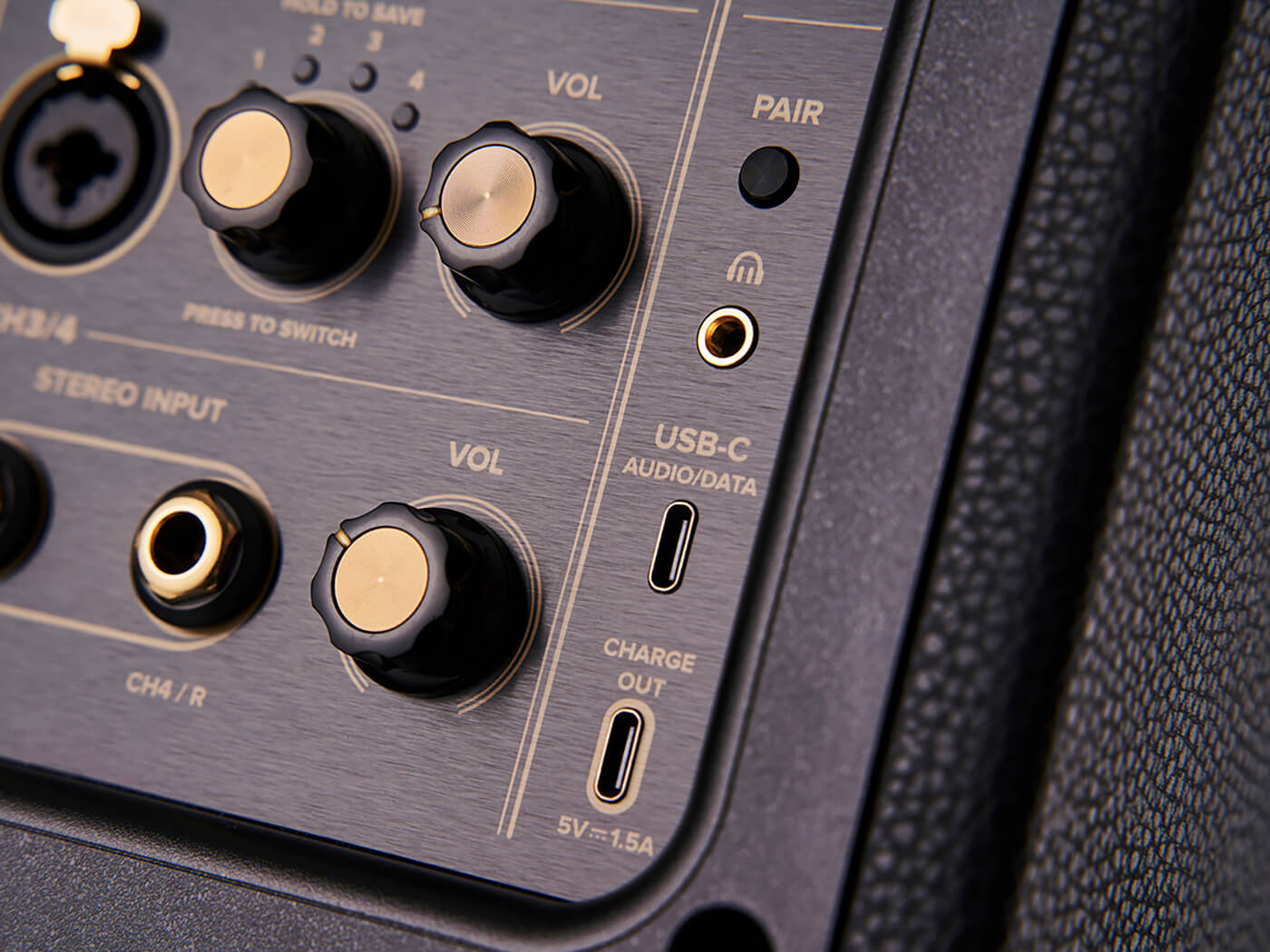
How Portable is the Spark Live?
Portability has been at the forefront of the Spark’s selling points since the Spark Mini was launched, and the Live continues that trend by being both compact and light for a giggable amp, standing at a height of 46cm and weighing in at a dainty 12kg. It’s a perfect weight if you’re going to do some solo busking, trying to set up in a small bar or coffee shop, or indeed if you’re trying to cram all your gear into the back of a small hatchback.
Boss’ Cube Street series has often been the go-to selection for buskers and solo players due to its small frame, fair price and punchy sound. The Spark Live could change that conversation dramatically, especially if you need to keep up with a drummer in a confined space. While the Live is plug-in only out of the box, you can add an accompanying rechargeable battery ($79/£79) that offers up to eight hours of performance time.
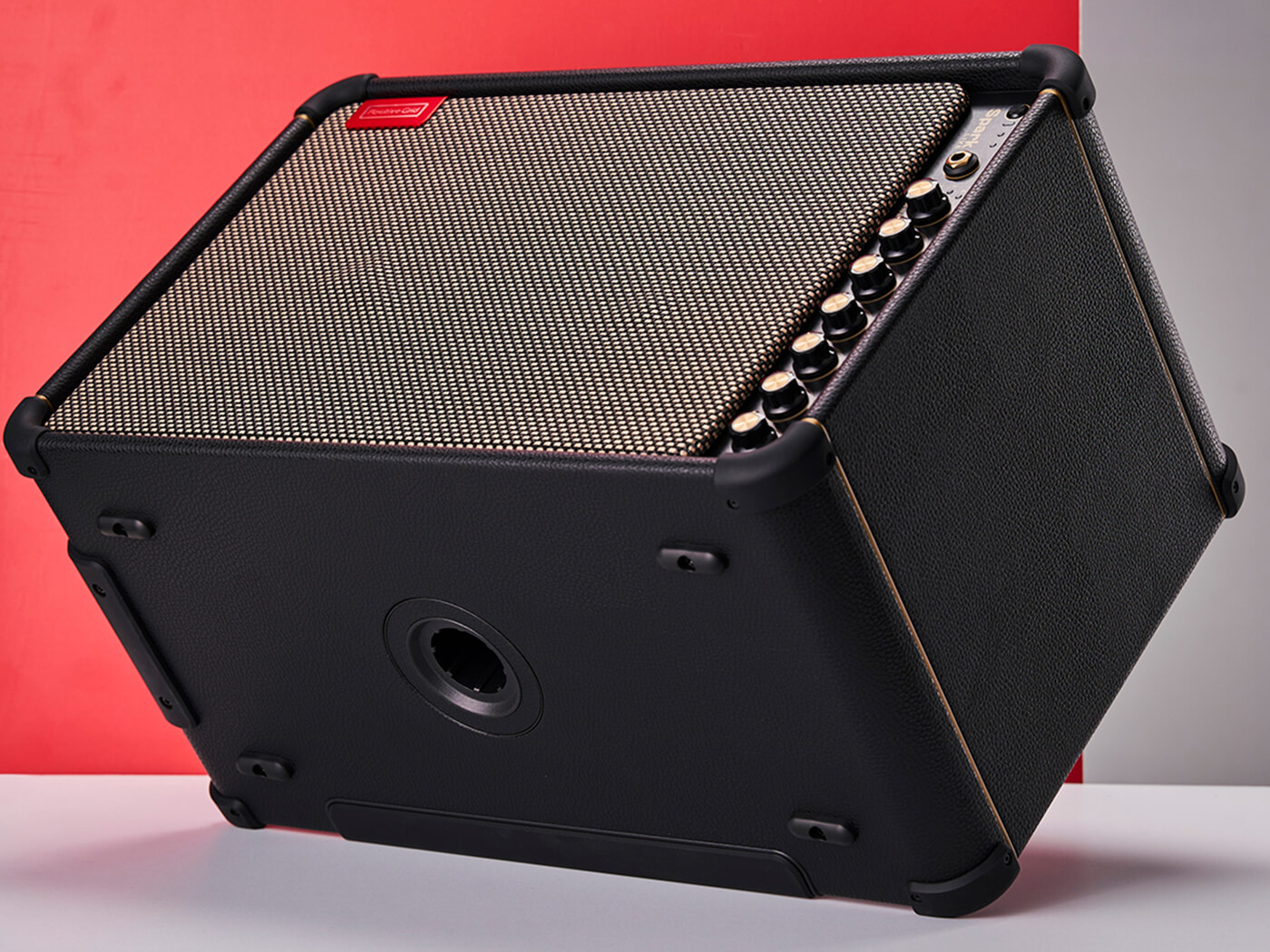
Is the Spark Live worth buying?
The Spark Live is more than a guitar amp, or a bass amp, or a PA. While it does those things exceedingly well, the remarkable thing is that it does them all together – it’s the all-in-one solution that some bands and solo artists have been crying out for that could dramatically reduce the amount of gear you need to take with you for a gig. Whether you’re sharpening your chops at home, recording your latest hit, rehearsing together or performing in small venues, the Spark Live does a fantastic job of catering to different scenarios.
While it might not be the cheapest option out there (especially with the cost of a battery factored in), five years ago, this sort of do-everything amp would have seemed like an impossible dream. For live musicians of today, it’s a dream come true.
Spark Live alternatives
In truth, the cupboard is pretty bare when it comes to hybrid amp/live PA systems such as the Live, though the closest thing is probably Roland’s venerable Cube Street EX (£495/$599). If you don’t need the live stuff, the Spark Mini remains the king of the smaller Sparks ($229/£229), and you could always pair it with the Spark Cab ($299/£299) if you want to play out.
